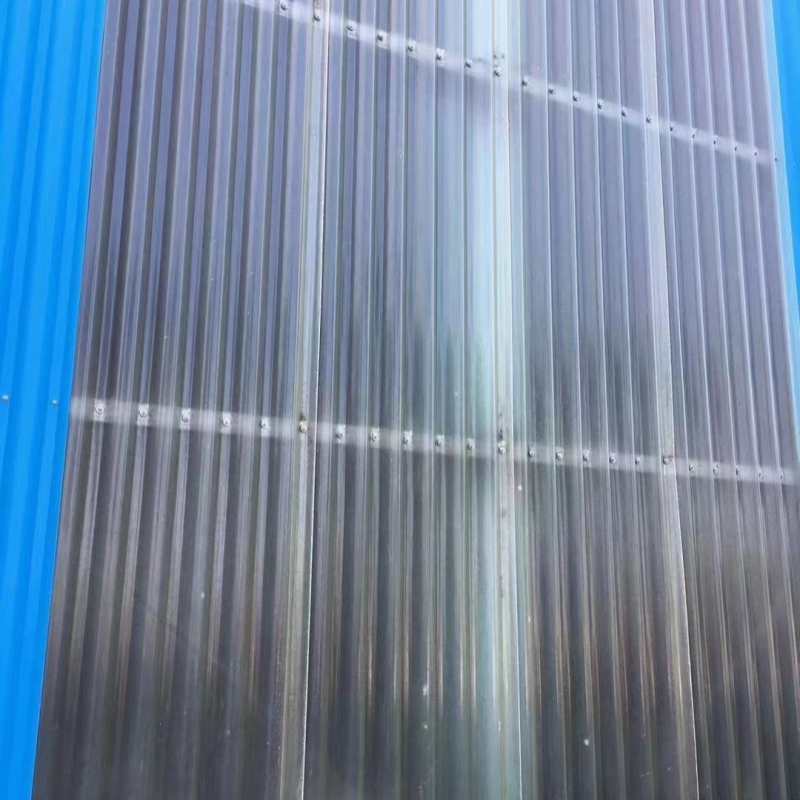
Fiberglass sheets have emerged as a promising building material in today's construction market due to their lightweight, high-strength, anti-corrosive, and waterproof properties. However, when selecting and using fiberglass sheets, it's essential to consider key performance indicators to ensure superior performance. One such crucial parameter is thermal conductivity, which plays a significant role in determining the thermal insulation capabilities of fiberglass sheets. Let's delve deeper into the role of thermal conductivity and its implications for fiberglass sheets.
Firstly, let's grasp the concept of thermal conductivity. Thermal conductivity, also known as the thermal conductivity coefficient, refers to the rate at which heat transfers through a material of unit thickness under a temperature gradient difference per unit area in unit time. For building materials, lower thermal conductivity signifies better thermal insulation performance, while higher thermal conductivity indicates poorer thermal insulation capabilities. Hence, the magnitude of thermal conductivity holds great importance in material selection and usage.
So, what is the specific thermal conductivity of fiberglass sheets? Generally, the thermal conductivity of fiberglass sheets is approximately 0.25W/(m·K), which is significantly lower compared to traditional cement sheets. This low thermal conductivity translates to excellent thermal insulation performance, leading to reduced energy consumption and enhanced energy efficiency.
The benefits of low thermal conductivity in fiberglass sheets extend beyond energy savings. It also contributes to effective thermal insulation, crucial for maintaining indoor comfort levels in regions with extreme weather conditions. By leveraging the thermal properties of fiberglass sheets, builders can determine the appropriate insulation layer thickness to optimize thermal insulation and ensure comfortable indoor environments year-round.
However, it's important to note that thermal conductivity is just one of the factors to consider when using fiberglass sheets. Other factors such as durability, fire resistance, and overall performance should be evaluated comprehensively to ensure optimal outcomes. As fiberglass sheets continue to gain traction as a new building material, ongoing testing and real-world applications are necessary to validate their effectiveness and suitability across various construction scenarios.
In summary, the relatively low thermal conductivity of fiberglass sheets offers excellent heat insulation capabilities, contributing to energy efficiency and indoor comfort. While thermal conductivity is a crucial consideration, it should be evaluated alongside other factors to maximize the benefits of fiberglass sheets in practical applications.












